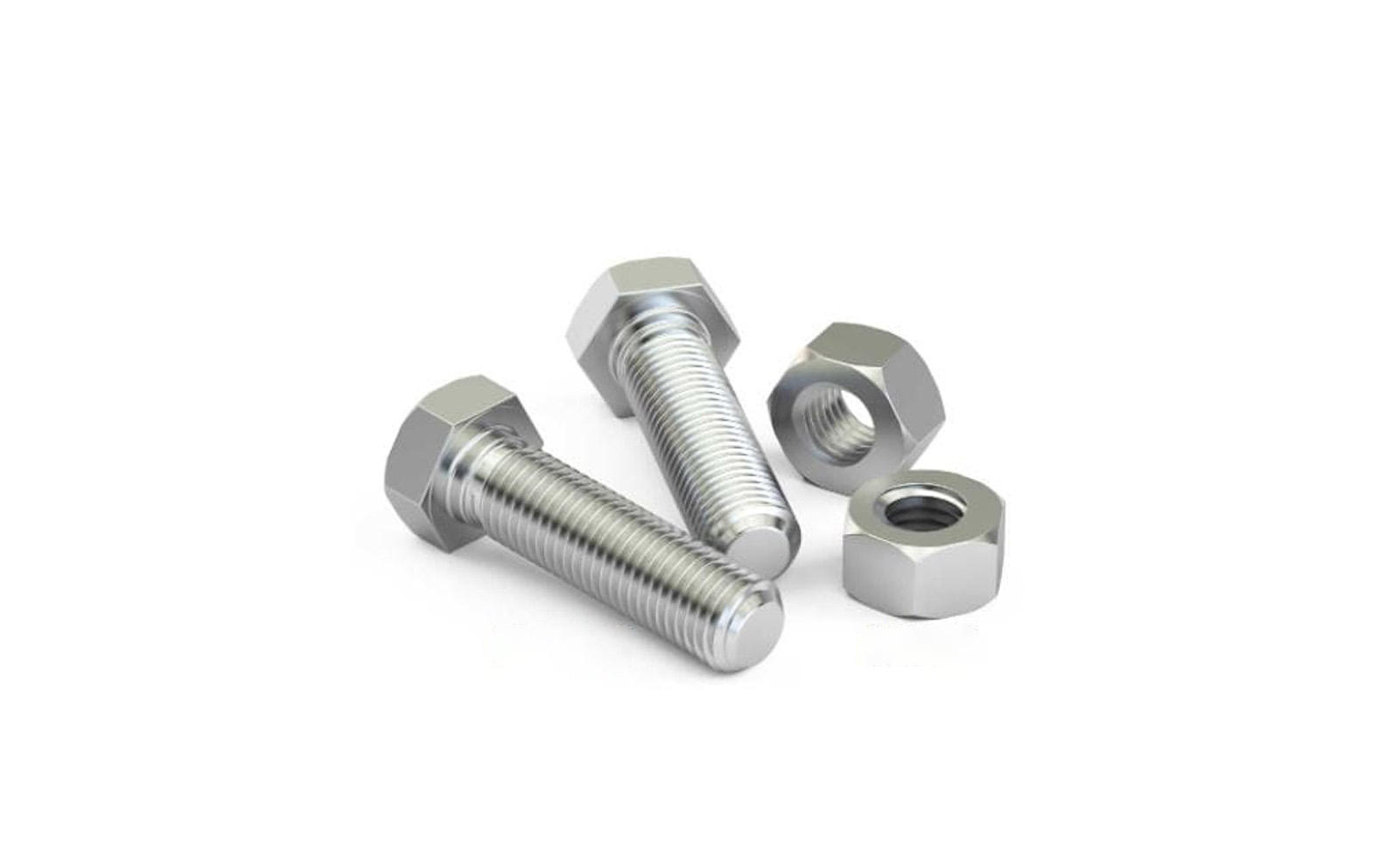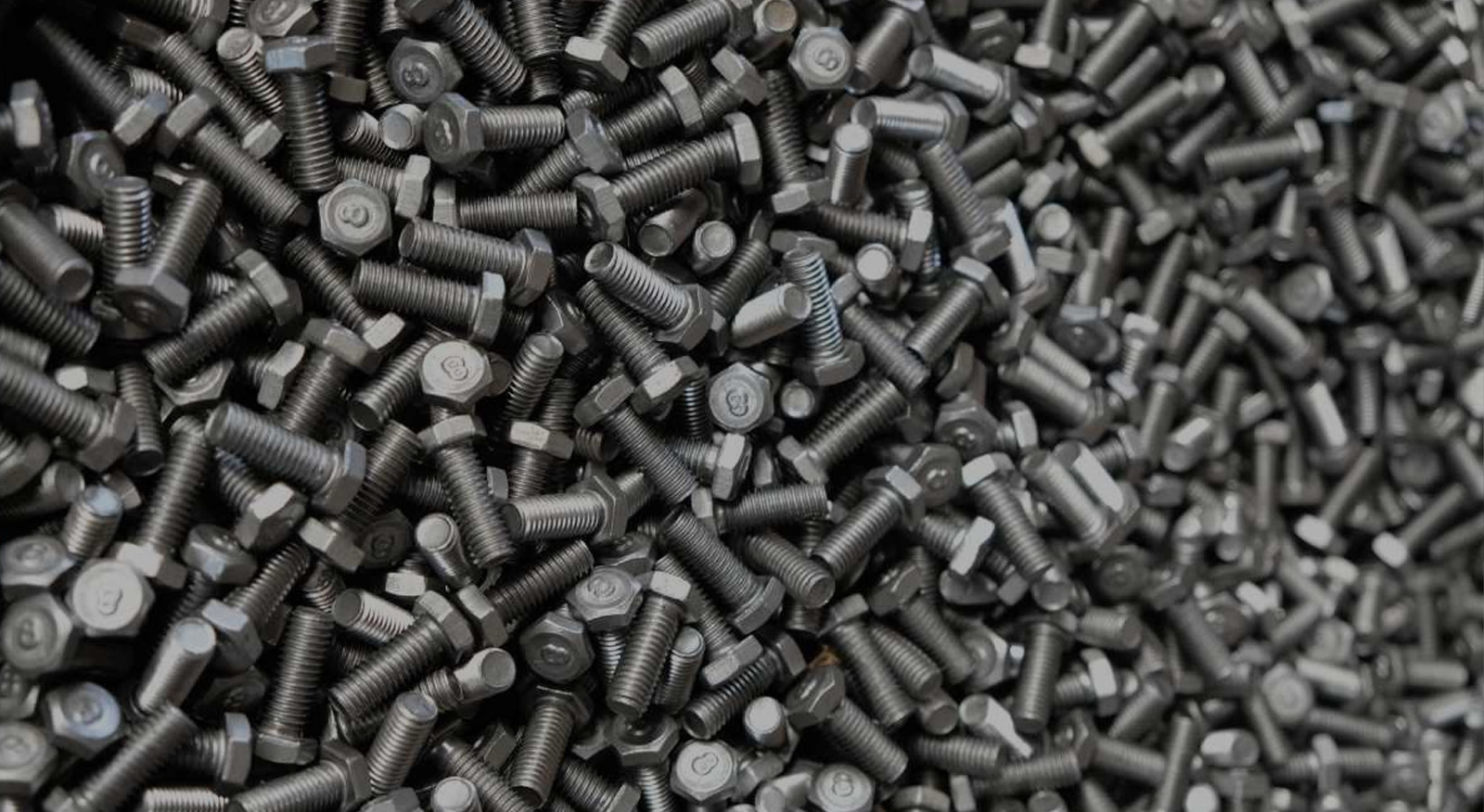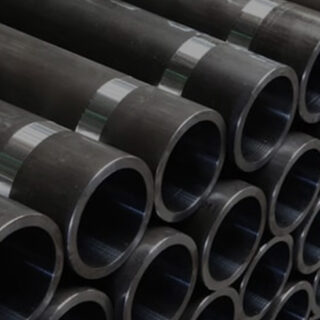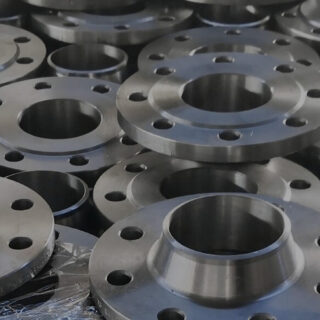
In the vast landscape of engineering and construction, where precision and reliability are paramount, the humble nut plays a pivotal role. Often overshadowed by its more conspicuous counterparts like bolts and screws, nuts are the unsung heroes that ensure the structural integrity and stability of countless assemblies. Let’s embark on a journey through the intricate world of nuts, uncovering their diverse types, technical specifications, and indispensable contributions to various industries
Understanding the Varieties
Nuts come in a plethora of shapes and designs, each meticulously engineered to fulfill specific requirements. Here are some common types you’re likely to encounter
- Hex Nut : Recognizable by its six-sided profile, the hex nut is ubiquitous in construction and machinery, offering robust fastening capabilities
- Lock Nut : Engineered with a unique locking mechanism, this nut provides added security against vibration-induced loosening, ensuring reliability in critical applications
- Nylock Nut : Featuring a nylon insert, the Nylock nut resists loosening under dynamic conditions, making it indispensable in automotive and aerospace industries.
- Breakaway Nut : Designed for applications requiring controlled removal, the breakaway nut features a predetermined breaking point, facilitating maintenance and disassembly procedures Dome Nut : Characterized by its rounded dome-shaped top, this nut not only serves a functional purpose but also adds an aesthetic touch to architectural and decorative installations
- Long Nut : With an elongated body, the long nut offers increased thread engagement, making it suitable for securing thick or irregularly shaped materials
- Special Nut : Tailored to specific requirements, special nuts encompass a wide range of custom designs and configurations, catering to unique application needs
Technical Specifications
When selecting nuts for a particular application, it’s essential to consider various technical parameters to ensure optimal performance and compatibility. Here are some key specifications to keep in mind
- Diameter Range : Nuts are available in a diverse range of diameters, spanning from M3 to M80, accommodating a wide spectrum of fastening needs
- Thread Types : Threads come in various types, including MM, BSW, BSF, UNC, UNF, and Fine pitch, allowing for versatility and compatibility with different threading standards
- Materials : Nuts are crafted from an array of materials, such as Stainless Steel (A2, A4), Mild Steel, High Tensile (Gr 4, 8, 10, 12, 2H), and Special Alloys, tailored to meet specific application requirements and environmental conditions
- Standards : Compliance with international standards such as ISO, DIN, IS, BS, ANSI, and ASTM ensures reliability, quality, and interoperability across diverse industries and applications.
Conclusion
In conclusion, while nuts may seem like simple components, their significance in engineering and construction cannot be overstated. From securing critical machinery to ensuring the structural integrity of buildings and bridges, nuts play an indispensable role in every facet of modern life. By understanding the diverse types, technical specifications, and applications of nuts, engineers and designers can make informed decisions, driving innovation and excellence in their respective fields. So, the next time you encounter a nut, remember the vital role it plays in holding the world together, one fastener at a time, brought to you by Maitri Metals





